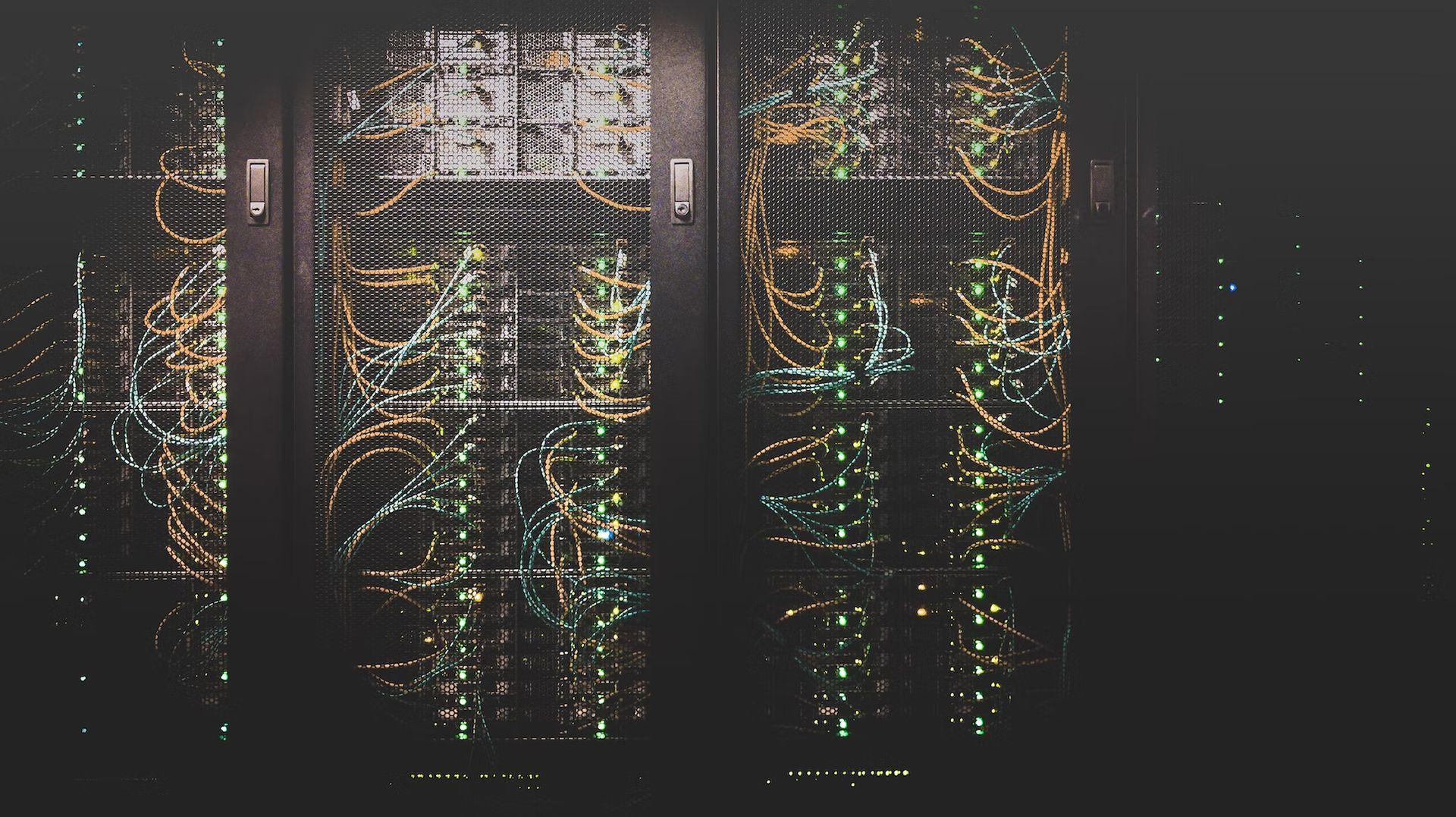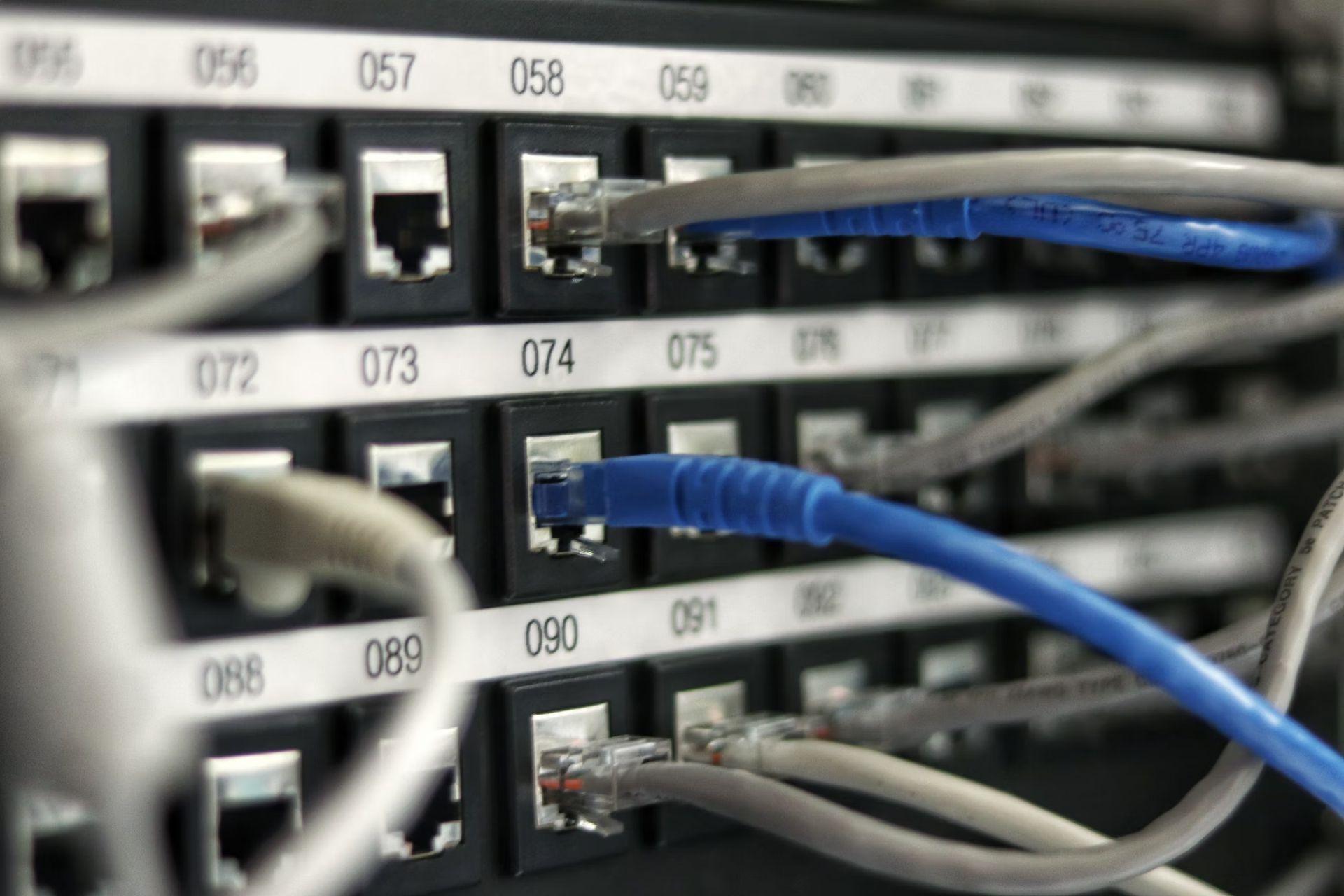Data redundancy is a crucial tool in ensuring the reliability and availability of important data. In a world where data is constantly being generated and stored, the importance of data protection cannot be overstated. With the increasing reliance on technology, the potential for data loss or corruption is always present. That’s where data redundancy comes in. At first glance, it may seem like a hindrance – after all, who wants to store the same information in multiple places?
By creating multiple copies of critical information and storing them in different locations, organizations can safeguard their data and prevent disasters from occurring. So next time you hear the term “data redundancy,” don’t turn a blind eye. Embrace it as the powerful ally it is in the never-ending battle for data security.
What is data redundancy?
Data redundancy refers to the storing of data in multiple locations or copies in order to increase the reliability and availability of the data. If one copy of the data becomes unavailable or lost, the other copies can be used to retrieve the data. Data redundancy can be implemented in a number of ways, such as through the use of redundant hardware components, redundant storage systems, and backup copies of data. It is a common practice in computer systems to ensure that data is not lost due to hardware or software failures.

How does data redundancy occur?
There are several ways in which data redundancy can occur:
- Hardware redundancy: This refers to the use of multiple hardware components to store the same data. For example, a computer system may have multiple hard drives that store copies of the same data. If one hard drive fails, the other copies of the data can be used to retrieve the information.
- Storage system redundancy: This refers to the use of multiple storage systems, such as network-attached storage (NAS) or storage area networks (SANs), to store copies of the same data.
- Backup copies: A common way to implement data redundancy is through the use of backup copies of data. These copies can be stored on separate hardware or in a separate location, and can be used to restore the data if it is lost or becomes unavailable.
- Replication: Data replication is the process of creating and maintaining copies of data on multiple servers or devices. This can be done in real-time, so that the copies are always up to date, or on a periodic basis, such as daily or weekly.
- Cloud storage: Many cloud storage services automatically create redundant copies of data to ensure its availability and reliability.
Data redundancy is often used in combination with other data protection measures, such as data backup and disaster recovery, to ensure that data is safe and can be easily accessed if needed.
Is data redundancy good or bad?
Depending on the application, data redundancy can be both advantageous and damaging. On the one hand, data redundancy can increase the data’s reliability and availability by providing many copies that can be used if one copy becomes unavailable or lost. As data can be obtained from many locations, the performance of some database or file system operations can be enhanced.
Enterprises, caution your “data in motion”
Nonetheless, data redundancy can also have disadvantages. It might expand the database or file system’s size and necessitate additional storage space, which can be costly. It can also result in data inconsistencies, as the many copies of the data are not always synchronized. As changes must be made to many copies of the data, updating and maintaining the data might become more onerous.

The problem of data redundancy in database
In a database, data redundancy refers to the storing of the same data in multiple places within the database. This can occur in a number of ways, such as through the use of redundant tables or redundant data elements.
There are both advantages and disadvantages to using data redundancy in a database. On the one hand, redundant data can improve the availability and reliability of the data, as it provides multiple copies that can be used if one copy becomes unavailable or lost. It can also improve the performance of certain database operations, as the data can be retrieved from multiple locations.
On the other hand, data redundancy can also lead to a number of problems. It can increase the size of the database and require more storage space, which can be costly. It can also lead to data inconsistencies, as the multiple copies of the data may not always be kept in sync. Finally, it can make it more difficult to update and maintain the data, as changes must be made to multiple copies of the data.
Overall, the use of data redundancy in a database should be carefully considered, and balanced against the potential costs and risks. It may be appropriate in some situations, but in other cases it may be more effective to use other data protection measures, such as data backup and disaster recovery.
The relationship between data redundancy and inconsistency
Data redundancy can lead to data inconsistency if the multiple copies of the data are not kept in sync. This can occur when changes are made to one copy of the data but not to the other copies. For example, if a user updates a record in the database, but the update is not reflected in the other copies of the data, the database will become inconsistent.
Data inconsistency can be a serious problem, as it can lead to incorrect or misleading information being stored in the database. It can also make it more difficult to accurately analyze and report on the data, as the results may be based on incomplete or incorrect information.
Data silos are the silent killers of business efficiency
To avoid data inconsistency, it is important to ensure that any changes made to the data are properly propagated to all copies of the data. This can be done through the use of database synchronization techniques, such as replication or mirroring. It may also be necessary to establish procedures for updating the data, such as requiring users to follow a certain process or requiring multiple approvals before changes can be made.

What are the benefits of data redundancy?
Although data redundancy may initially seem to be a bad thing, many businesses can gain from incorporating it into daily operations.
Alternative data backup method
Data redundancy can serve as an additional layer of protection for data backup, by replicating data to a separate system. This can be especially useful for disaster recovery plans.
Enhanced data security
Having multiple copies of data stored in different locations can help protect an organization from cyberattacks and data breaches.
Never lose your ID, especially in cyberspace
Faster data access and updates
Data redundancy can improve the speed of accessing and updating data, as it is available on multiple systems. This can be especially beneficial for customer service-based organizations.
Improved data reliability
Data redundancy can help ensure the accuracy and completeness of data, which is important for interacting with customers, vendors, and internal staff.

Conclusion
In conclusion, data redundancy is a valuable tool for ensuring the reliability and availability of important data. By creating multiple copies of critical information and storing them in different locations, organizations can safeguard their data and prevent disasters from occurring. Whether used as an alternative data backup method, for enhanced data security, faster data access and updates, or improved data reliability, data redundancy can be a vital component of a comprehensive data protection strategy.






